
On the portrait – Princess Zinaida Volkonskaya, nee Princess Beloselskaya-Belozerskaya, wife of the Yegermeister Prince Nikolai Volkonsky. Fedor Bruni introduced the princess in Tankred costume from Rossini’s opera Tankred. The portrait written in Italy is romantic. Dressed in knightly armor, surrounded by gloomy scenery, the young woman is full of a special, almost mystical spirituality, which at the time of Romanticism was considered a part of the Middle Ages. ZA Volkonskaya is a man of great talents and amazing destiny. Perhaps, she is the most vivid personality among women in the history of Russian culture in the first half of the XIX century.
Nature has generously endowed her with many talents: she possessed a beautiful voice, composed music, poetry, prose in French and Russian. Volkonskaya is known as the hostess of the literary and musical salon in Moscow, which in the mid-1920s became the cultural center of the old capital. Every week, concerts, opera performances, literary readings were held in the house on Tverskaya Street, where, according to Vyazemsky, “representatives of the great world, dignitaries and beauties, professors, writers, journalists, artists joined together.”
Among the regular visitors of the salon: EA Baratynsky, DV Venevitinov, PA Vyazemsky, IV brothers and PV Kireevskiy, MP Pogodin, AS Khomyakov, P. Ya. Chaadayev, SP Shevyrev. A frequent guest of her meetings was AS Pushkin, who dedicated a poem “Among the scattered Moscow” to the “goddess of music and beauty”. December 26, 1826 the poet attended the farewell party in honor of MN Volkonskaya, who was leaving for Siberia to her husband – the Decembrist Sergei Volkonsky.
Independence of behavior and courageous judgments Volkonskoy irritated government circles. Behind her house, which served as the “focus of all the dissatisfied,” an unofficial oversight was established. Meanwhile, Volkonskaya strove for broad public activity. She had many plans: the organization of scientific societies “Patriotic Talk” and “Russian Society”, designed to introduce Western Europe to the history and culture of Russia, as well as the creation of the “Aesthetic Museum” at Moscow University.
But all this was coldly received by the Moscow authorities. Princess Volkonskaya tried to realize herself in literary creation, having created and published a number of significant works: “Quatre nouvelles”, “Tableau slave du V-me sixt”, excerpts from the novel “Legend of Olga”. Literary career did not bring her noisy success, but also did not go unnoticed: for the “Slavic picture” Volkonskaya was elected an honorary member of the scientific Society of Russian History and Antiquities.
Possessing from birth a freedom-loving disposition and a great material condition, Volkonskaya in 1829, “bored with Moscow and her gossip,” went to Italy, where she lived for thirty-three years. She lived quite shut in her Roman villa. True, she had a long visit to NV Gogol, to whom she had a strong spiritual influence. The Princess made a rare turn for the Russians in her religious life: she turned from Orthodoxy to a Roman Catholic church by her principled conviction and deep feeling.
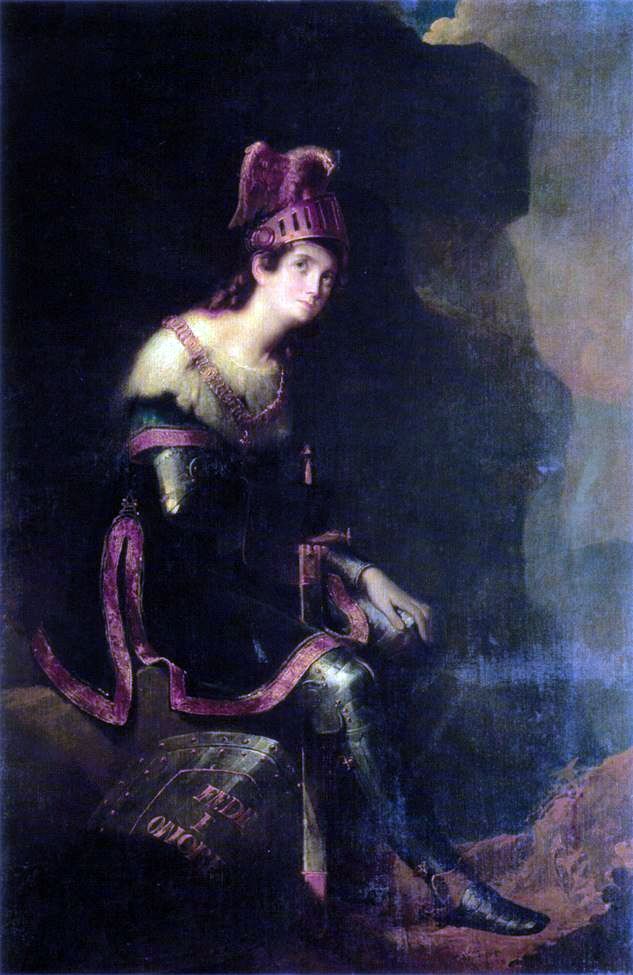 Portrait de Z. A. Volkonskaya – Fedor Bruni
Portrait de Z. A. Volkonskaya – Fedor Bruni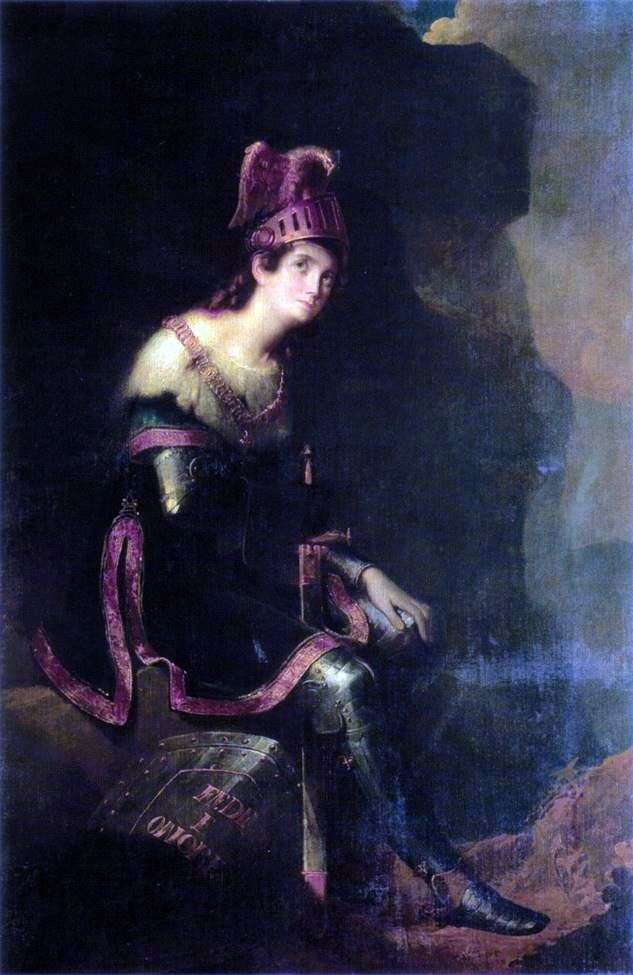 Retrato de Z. A. Volkonskaya – Fedor Bruni
Retrato de Z. A. Volkonskaya – Fedor Bruni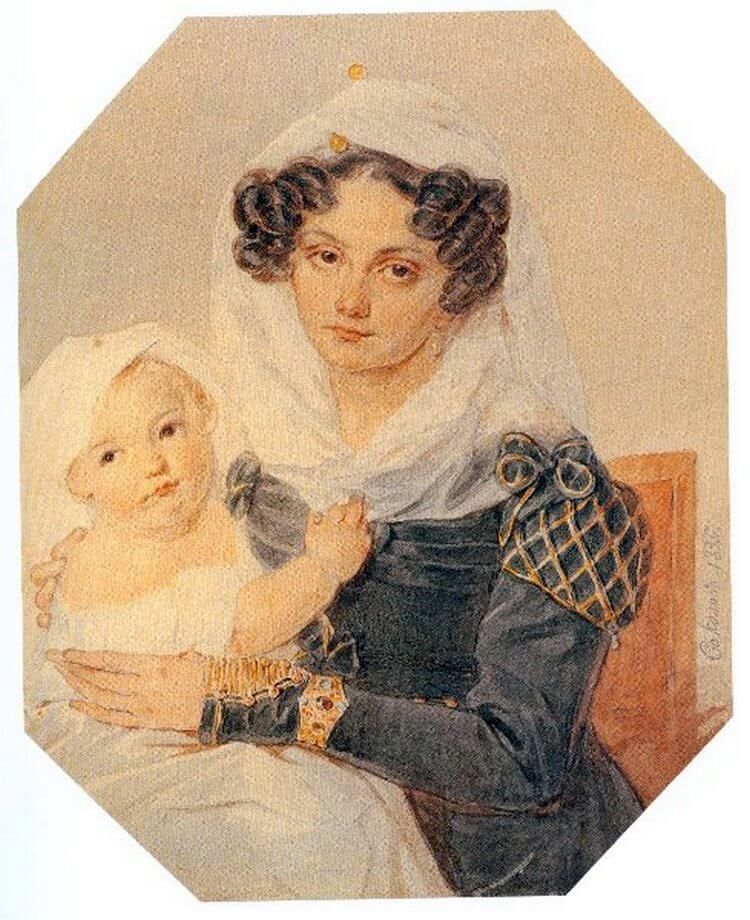 Portrait de Volkonskaya Maria Nikolaevna avec son fils Nikolai – Peter Sokolov
Portrait de Volkonskaya Maria Nikolaevna avec son fils Nikolai – Peter Sokolov The Copper Serpent by Fyodor Bruni
The Copper Serpent by Fyodor Bruni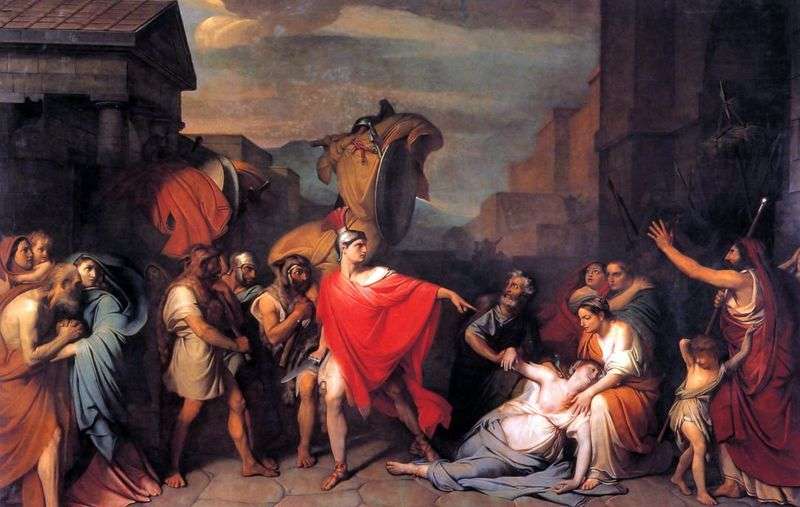 Death of Camilla, sister of Horace by Fyodor Bruni
Death of Camilla, sister of Horace by Fyodor Bruni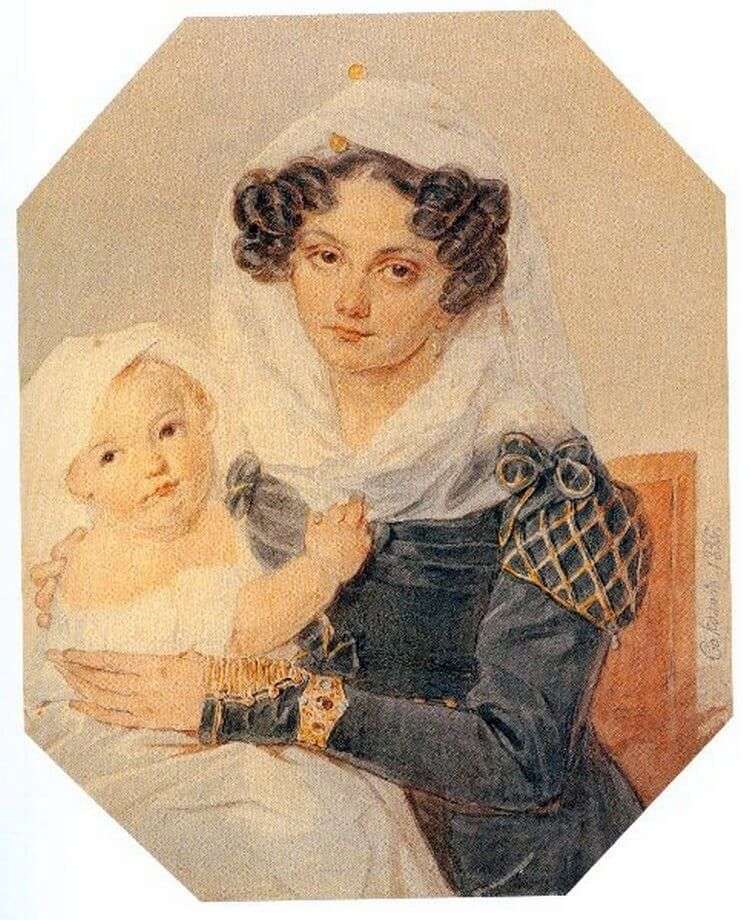 Retrato de Volkonskaya Maria Nikolaevna con su hijo Nikolai – Peter Sokolov
Retrato de Volkonskaya Maria Nikolaevna con su hijo Nikolai – Peter Sokolov Portrait of the book. MP Volkonskoy by Karl Bryullov
Portrait of the book. MP Volkonskoy by Karl Bryullov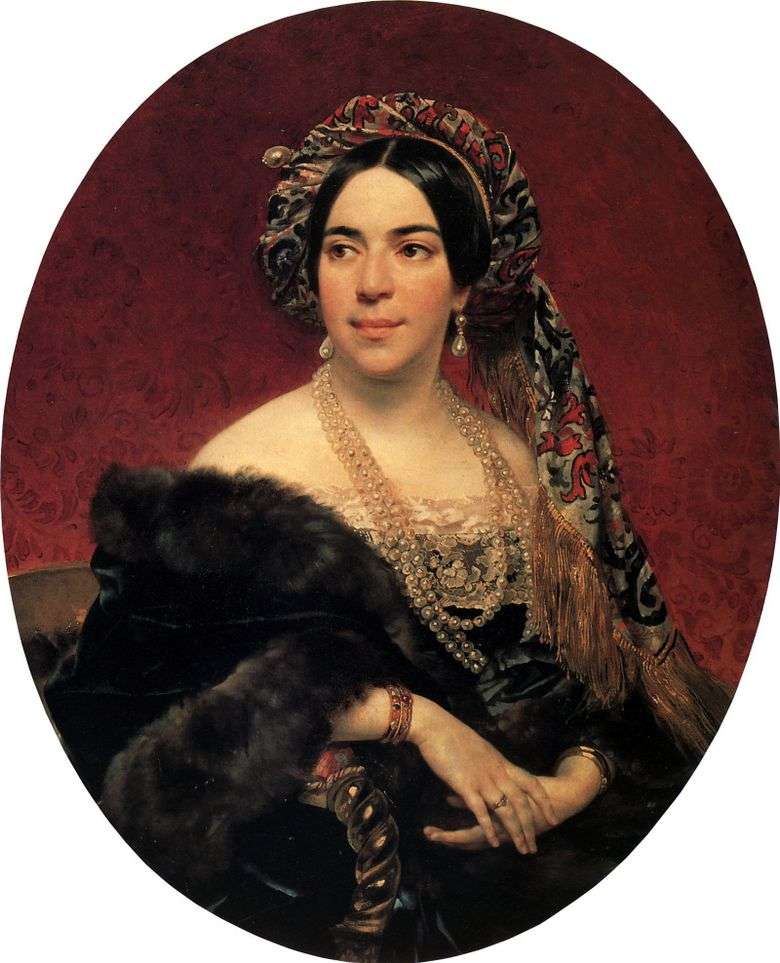 Retrato de príncipe Sr. P. Volkonskaya – Karl Bryullov
Retrato de príncipe Sr. P. Volkonskaya – Karl Bryullov